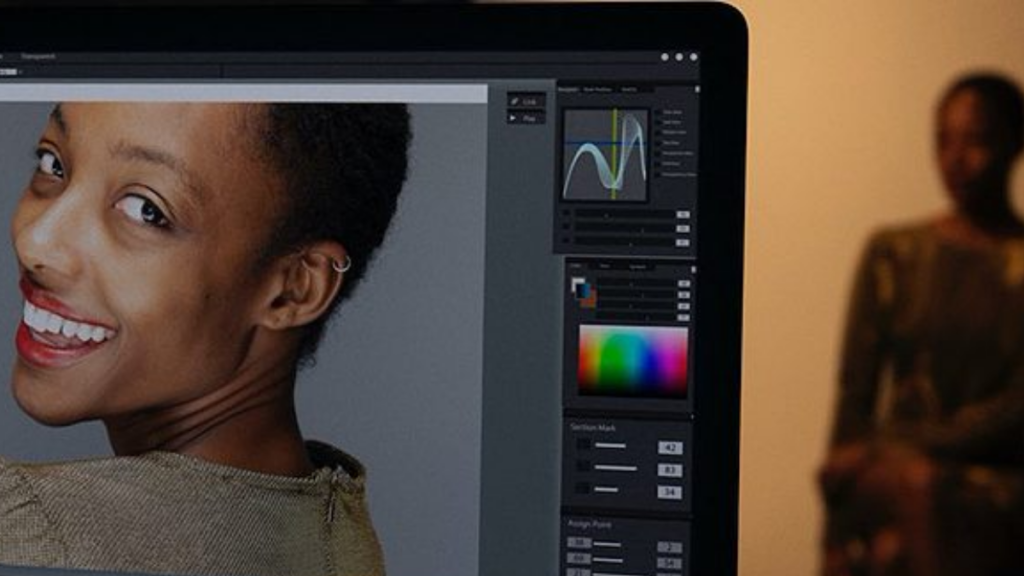Media representation has been a long battle with many fighting to bring diversity and inclusion to the screen. The goal has always been to make everyone feel seen on TV and in movies. If they exist, why aren’t they on screen? It is irrational to create a fictional world that does not resemble the real world. However, media representation has not been as accurate as it should have been, and many advocates have raised their voices regarding this issue for decades now. As they continue facing this struggle, they have also focused on advertisement, realizing media representation in ads matters too.
The research
Throughout the years, research has been conducted to analyze the kind of representation the media has been portraying. Most of those are regarding TV shows and movies, taking a look at the female representation. However, it is important to look at the portrayal of Black, Indigenous, and People of Color (BIPOC), Latinx, people with disabilities, and LGBTQ individuals. And it is necessary to go beyond mainstream media. It is crucial to analyze advertisement as well as it is consumed regularly by the audience both on a TV screen and their computers or phones as they scroll through social media.
In 2004, Academy Award-winning actor Geena Davis founded the Geena Davis Institute on Gender in Media because she wanted to put in numbers what female representation looked like on screen. As time went by, the institute started growing and realizing there were so many other factors to tap into when it came to representation. They have led multiple studies in the last 17 years, including the difference diversity makes in advertising.
At the beginning of 2021, they published their research alongside Facebook, sharing the results of their surveys based on media representation in ads. They surveyed 1,200 individuals based on 1,000 different Facebook video ads to understand how people felt about certain ads and how they connected to each brand based on that. When it came to women, the results showed they are 14.1 times more likely to be shown in revealing clothing. People with disabilities and LGBTQ were severely underrepresented — only 1.1% and 0.3%, respectively.
When it comes to advertisement, representation is important for people to connect with the brand and their message. The research showed that 54% of consumers do not feel culturally represented in ads and most of them expect brands to represent diversity and inclusion in their online advertising. In the end, brands benefit if their ads represent all types of consumers: “We found that online campaigns with more diverse representation tend to have higher ad recall compared with campaigns featuring a single traditional representation. And in more than 90% of the simulations we ran, diverse representation was the winning strategy for ad recall lift.”
In reality
Numbers show what reality is, but they cannot fully express what it means for most individuals not to see themselves represented. As I started getting older, I began to realize most ads did not showcase women like me. I rarely saw Latinas that did not look angry, upset, or exhausted in every ad. I did not see queer couples or families. I could not find ads that made me want to purchase a product because they were talking to someone like me. It was hard for me to see myself reflected in those campaigns.
Although we tend to believe media representation is just TV and cinema, it goes beyond that. Ads are just as important because they are seen by millions of people on a daily basis. People who are more likely to purchase products if they see others like them using them, purchasing them, or even pretending to enjoy that product for an ad. Every individual wants to feel seen and that is why representation is so important. Including everyone and diversifying your content is one of the smartest steps a company can take. And in the end, it will make an enormous number of people happy because the truth is that media representation in ads matters. Diversity and inclusion matter.
